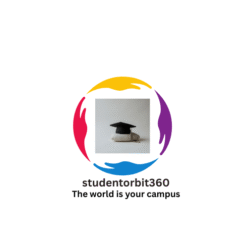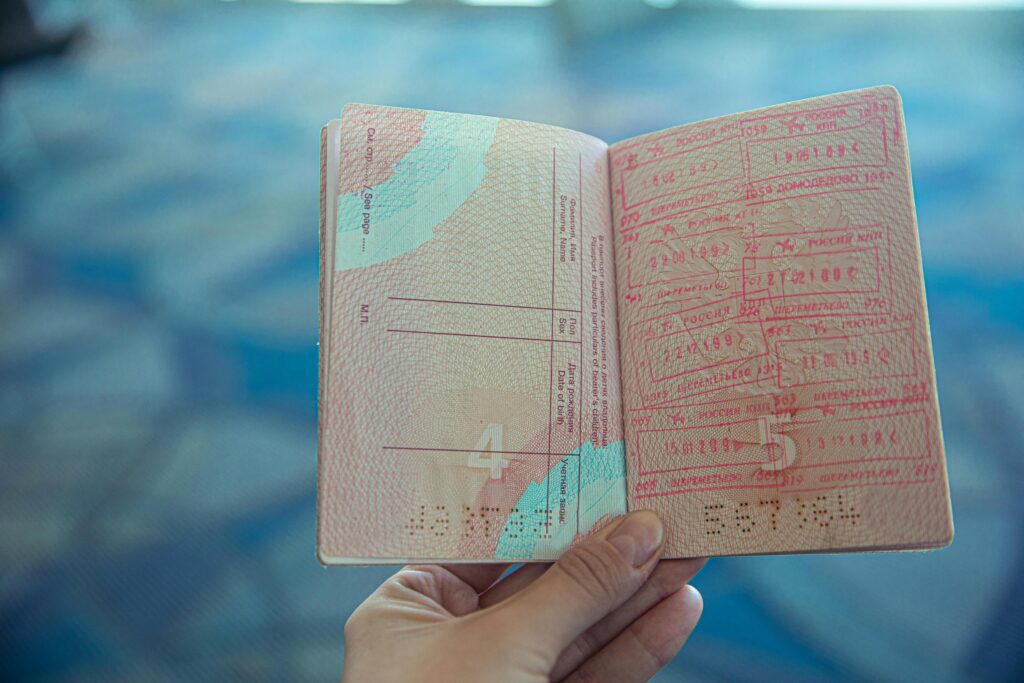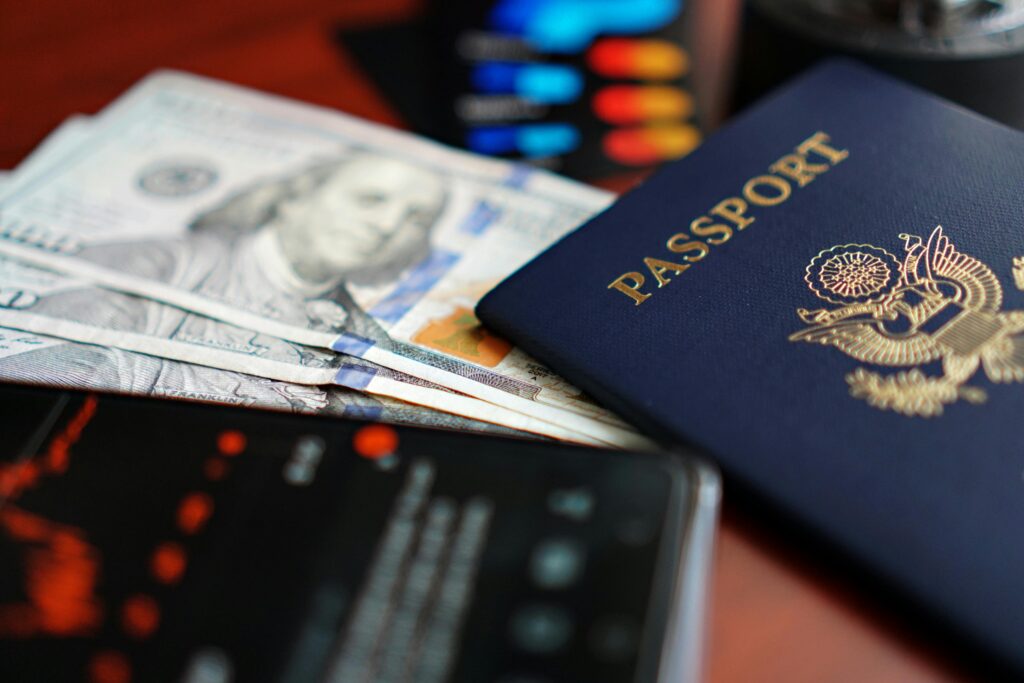Introduction
In 2025, the dream of studying in the United States remains strong among students from South Asia—including India, Pakistan, Bangladesh, Sri Lanka, and Nepal. However, recent trends in student visa rejections, especially for the F-1 visa category, have sparked concern among applicants, parents, and education consultants. This article highlights key rejection patterns, causes, and actionable steps based on the latest reports and consular data.
Key Visa Rejection Trends in 2025
- Higher Scrutiny on Intent & Finances
The US embassies and consulates in South Asia have intensified their scrutiny of student intent, financial documentation, and academic preparedness. Many applicants are being denied under Section 214(b), which implies a failure to convince officers of their non-immigrant intent or strong ties to the home country. - Spike in Rejections from Tier-2 and Tier-3 Cities
Students from lesser-known universities or applying from smaller towns and cities in India, Bangladesh, and Pakistan have reported higher rejection rates. Visa officers appear to place increased weight on regional credibility and quality of submitted documentation. - Admissions to Low-Ranked or Unaccredited Institutions
Applications for admission to non-accredited or lower-ranked institutions have seen a steep increase in rejection rates. Officers are reportedly evaluating if students are using education as a pretext for immigration. - Increased Use of AI Tools by Consulates
AI-driven screening systems are being used to detect patterns in fraudulent applications or questionable financial documents. Students associated with education agents with a poor track record are also being flagged more often. - Country-Specific Disparities
Rejection rates vary significantly:- India: 28–35% overall rejection rate in the last two quarters.
- Bangladesh: Above 40%, especially for community colleges.
- Pakistan & Nepal: Around 30%, with spikes during peak intake months.
Top Reasons for Rejection
- Weak explanation of post-study plans or vague career objectives
- Inadequate financial proof or sudden influx of funds in bank accounts
- Lack of English proficiency during the visa interview
- Overdependence on third-party consultants
- Applying to institutions with low visa issuance history
Impact on Students and Institutions
- Deferred Admissions: Several universities report a higher deferral rate from South Asian students due to visa denials.
- Psychological Toll: Many students are facing anxiety and uncertainty, having invested heavily in application and preparation.
- University Responses: Some US institutions are offering deferred scholarships or virtual bridging programs for students facing visa delays or rejections.
What Students Can Do
✅ Prepare for the Visa Interview Thoroughly
Practice mock interviews and be clear on academic and career goals.
✅ Ensure Financial Transparency
Submit genuine bank statements and avoid last-minute fund transfers.
✅ Choose Institutions Wisely
Prefer universities with higher visa approval track records. Use official tools like:
👉 Study in the States – SEVP Approved Schools
✅ Avoid Blacklisted Agents
Do not rely solely on agents; maintain transparency and control over your application.
✅ Get Second Opinions
Before your interview, consult independent counselors or alumni for advice.
Resources and Support
- U.S. Embassy & Consulates in India – Student Visas
- EducationUSA Advising Centers
- Student Forum: F1 Visa Success & Rejection Stories 2025
Conclusion
Visa rejections are not the end of your study abroad journey—they are a checkpoint to refine your application, intent, and documents. For South Asian students aiming to study in the USA in 2025, early planning, transparency, and informed decisions can dramatically increase the chances of success.



